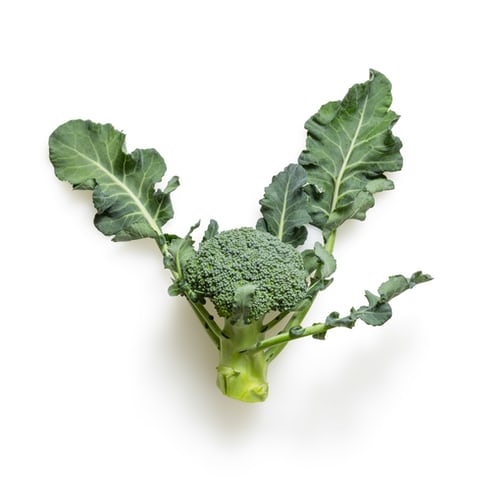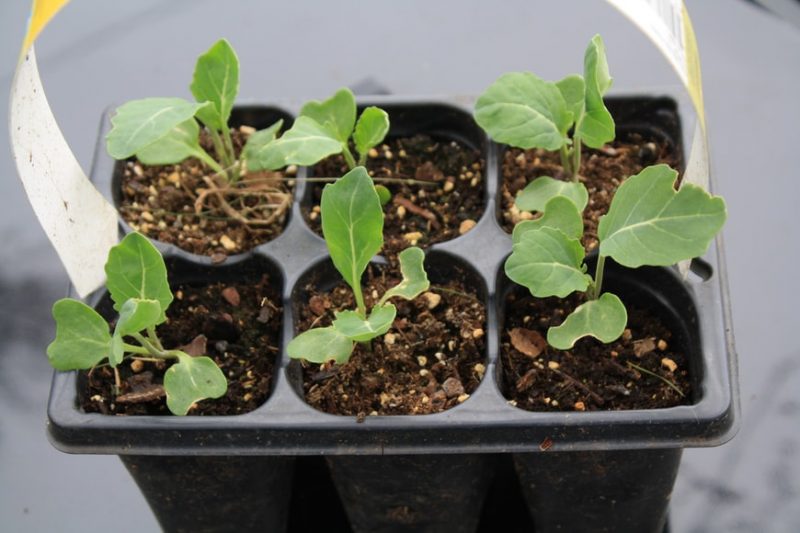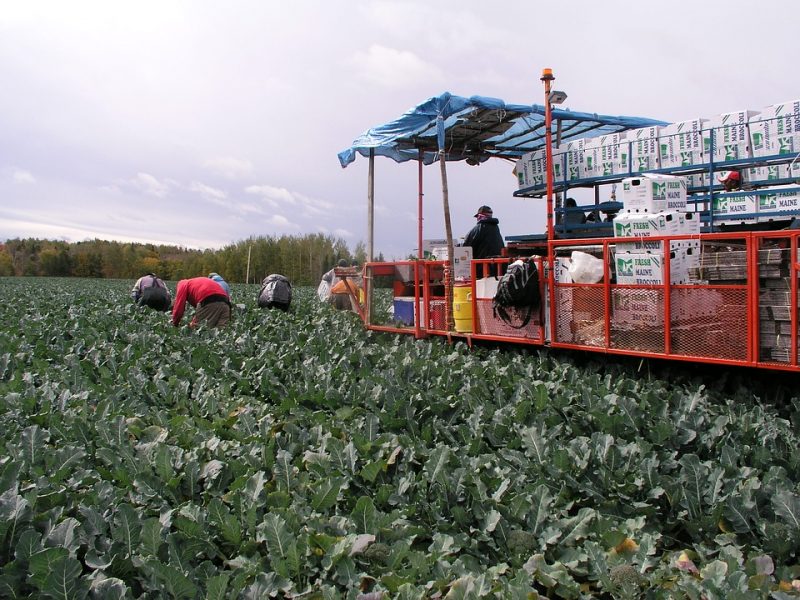Broccoli, information about crop management
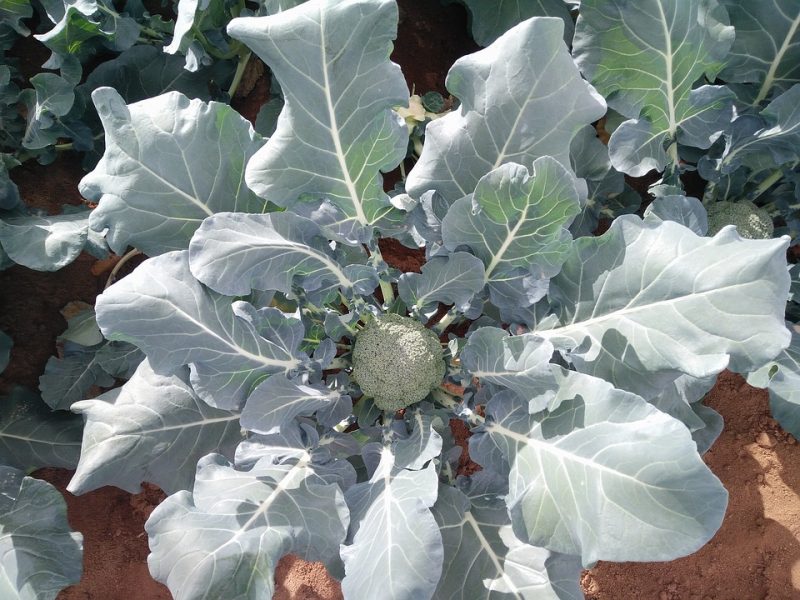
Broccoli (Brassica oleracea var. italica) is a plant related to cauliflower, cultivated for the consumption of its young, fleshy inflorescences. They are rich in nutrients and are popular for their distinct flavor, which is similar to cauliflower. You can use broccoli in a wide range of cuisines, including bread, baked products, salads, and canned foods.
Botanical characteristics
Brassica oleracea var. italica is a biennial plant. It can be also grown as an annual crop (in some places). Broccoli has a well-developed root system, a short stem, and leaves that are large, elongated, and slightly wavy, with uneven margins and lobes with large incisions. The terminal flower bud, from which the inflorescence grows, is located in the center of the rosette. The inflorescence looks like a bouquet of several green, yellowish, or purple flower pedicels (depending on the cultivar). In some cultivars, after harvesting the first inflorescence, broccoli plants form a second inflorescence. The flowers are yellow and the seeds are very small (up to about 350 pieces/gram).
Cultivars
The more frequently encountered cultivars are Chevalier F1, Flash F1, Fiesta F1, Calabrese Natalino, Milady F1, Monaco F1, Agassi RZ F1, Belstar F1, Bacino F1, Balimo F1, Monfils RZ F1 etc.
Recommended products
-
You can find products on a different store
Change Store -
You can find products on a different store
Change Store -
You can find products on a different store
Change Store -
You can find products on a different store
Change Store -
You can find products on a different store
Change Store -
You can find products on a different store
Change Store -
You can find products on a different store
Change Store -
You can find products on a different store
Change Store -
You can find products on a different store
Change Store -
You can find products on a different store
Change Store -
You can find products on a different store
Change Store -
You can find products on a different store
Change Store -
You can find products on a different store
Change Store -
You can find products on a different store
Change Store -
You can find products on a different store
Change Store -
You can find products on a different store
Change Store -
You can find products on a different store
Change Store -
You can find products on a different store
Change Store -
You can find products on a different store
Change Store -
You can find products on a different store
Change Store -
You can find products on a different store
Change Store -
You can find products on a different store
Change Store -
You can find products on a different store
Change Store -
You can find products on a different store
Change Store
Climate and soil requirements
It prefers a warm climate, with an optimal temperature of 18-20 °C for seed germination and 17-23 °C for growth and development. Inflorescences do not withstand negative temperatures, and very high temperatures result in poor-quality edible parts. Broccoli has high humidity requirements. It is necessary to ensure a soil moisture of 70-80%, in all phases of vegetative growth. Broccoli grows best in fertile, nutrient-rich, loose, well-drained soils with a neutral or weakly alkaline pH. The seedling phase requires the most light. As the plants reach maturity, they can withstand some shade.
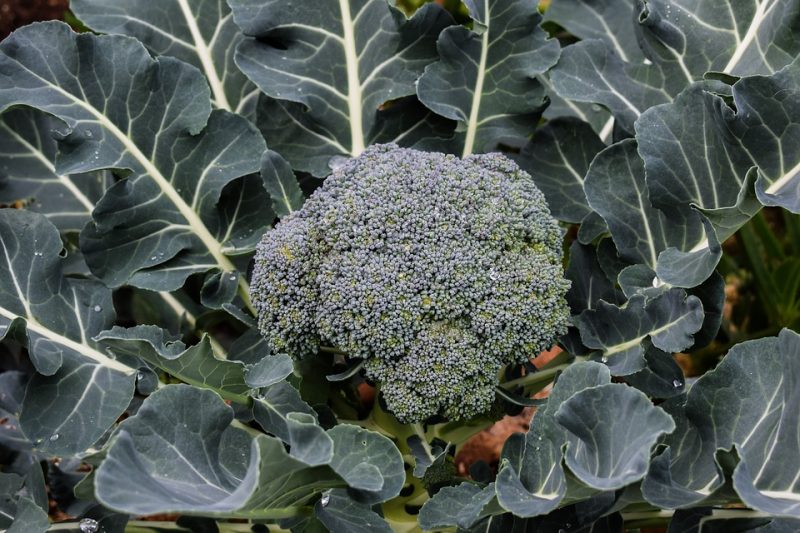
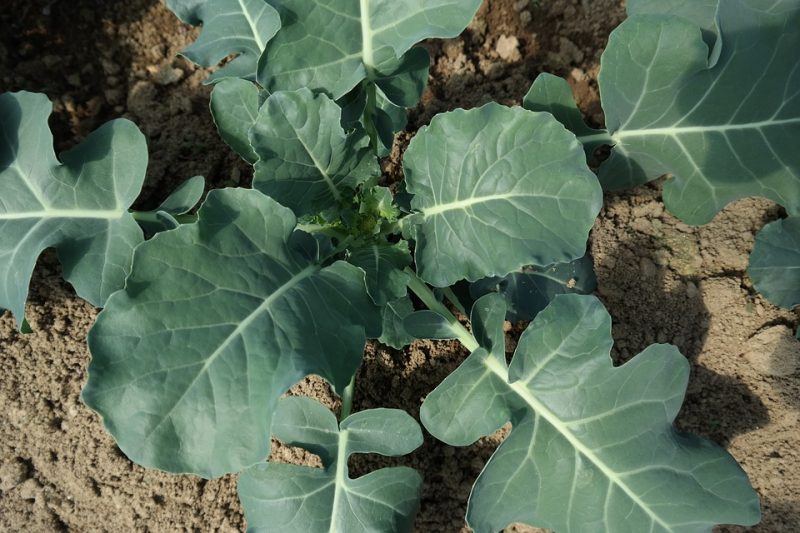
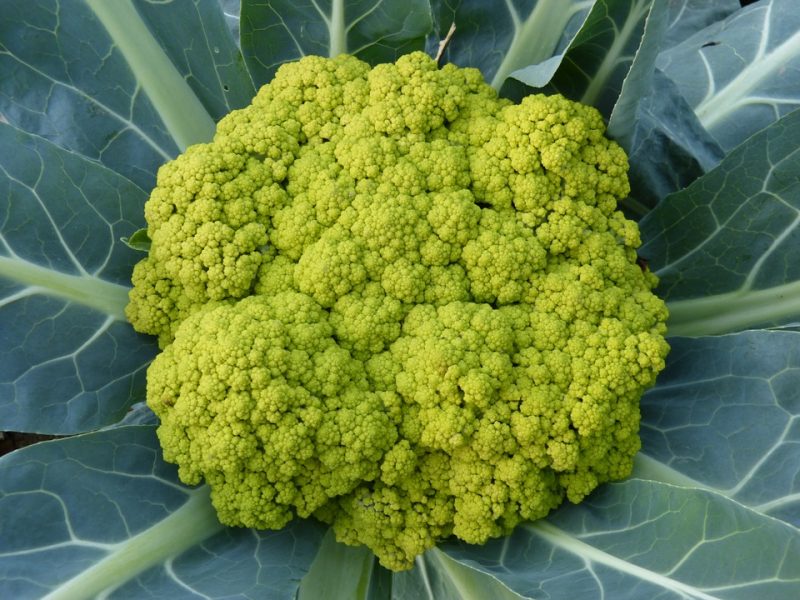
Cultivation technology
Broccoli can be grown twice a year, once in the spring and once in the autumn. The culture and technology differ in both circumstances.
Land preparation
Land preparation for the spring harvest begins in the autumn of the prior year: land maintenance, soil leveling, fertilizer administration, and basic plowing (depth of around 30 cm). Fertiliser quantities depend on the soil characteristics, based on a preliminary soil analysis. In spring, the soil must be harrowed using disc harrows. A few days before planting, if necessary, apply herbicides.
Recommended products
-
You can find products on a different store
Change Store -
You can find products on a different store
Change Store -
You can find products on a different store
Change Store -
You can find products on a different store
Change Store -
You can find products on a different store
Change Store -
You can find products on a different store
Change Store -
You can find products on a different store
Change Store -
You can find products on a different store
Change Store -
You can find products on a different store
Change Store -
You can find products on a different store
Change Store -
You can find products on a different store
Change Store -
You can find products on a different store
Change Store -
You can find products on a different store
Change Store -
You can find products on a different store
Change Store -
You can find products on a different store
Change Store -
You can find products on a different store
Change Store -
You can find products on a different store
Change Store -
You can find products on a different store
Change Store -
You can find products on a different store
Change Store -
You can find products on a different store
Change Store -
You can find products on a different store
Change Store -
You can find products on a different store
Change Store -
You can find products on a different store
Change Store -
You can find products on a different store
Change Store
Recommended products
-
You can find products on a different store
Change Store -
You can find products on a different store
Change Store -
You can find products on a different store
Change Store -
You can find products on a different store
Change Store -
You can find products on a different store
Change Store -
You can find products on a different store
Change Store -
You can find products on a different store
Change Store -
You can find products on a different store
Change Store -
You can find products on a different store
Change Store -
You can find products on a different store
Change Store -
You can find products on a different store
Change Store -
You can find products on a different store
Change Store -
You can find products on a different store
Change Store -
You can find products on a different store
Change Store -
You can find products on a different store
Change Store -
You can find products on a different store
Change Store -
You can find products on a different store
Change Store -
You can find products on a different store
Change Store -
You can find products on a different store
Change Store -
You can find products on a different store
Change Store -
You can find products on a different store
Change Store -
You can find products on a different store
Change Store -
You can find products on a different store
Change Store -
You can find products on a different store
Change Store
For autumn crops, after the soil has been cleared of the pre-emergent species, you can fertilize. Shallow plowing should be carried out at a depth of approx. 20 cm, after which the soil must be thinned.
Sowing and planting the seedlings
Producing seedlings:
- The spring crop is sown in propagation greenhouses from the end of January to the beginning of February. These plants can be potted once they have formed 1-2 leaves.
- Sowing for the autumn crop should take place in the first decade of May. Pricking out is not necessary. To plant one hectare of crop, an area of approx. 250 m2 and a quantity of approx. 350 g of seeds are necessary.
Recommended products
-
You can find products on a different store
Change Store -
You can find products on a different store
Change Store -
You can find products on a different store
Change Store -
You can find products on a different store
Change Store -
You can find products on a different store
Change Store -
You can find products on a different store
Change Store -
You can find products on a different store
Change Store -
You can find products on a different store
Change Store -
You can find products on a different store
Change Store -
You can find products on a different store
Change Store -
You can find products on a different store
Change Store -
You can find products on a different store
Change Store -
You can find products on a different store
Change Store -
You can find products on a different store
Change Store -
You can find products on a different store
Change Store -
You can find products on a different store
Change Store -
You can find products on a different store
Change Store -
You can find products on a different store
Change Store -
You can find products on a different store
Change Store -
You can find products on a different store
Change Store -
You can find products on a different store
Change Store -
You can find products on a different store
Change Store -
You can find products on a different store
Change Store -
You can find products on a different store
Change Store
Planting the seedlings:
- For spring cultivation, planting should take place between 15 and 25 March, with distances of 70 cm between rows and 30 cm between plants per row. The seedlings should be watered with plenty of water the day before planting. The first irrigation of the new crop should be done immediately after planting.
- The autumn crop should be planted at the end of June when the seedlings have a few developed leaves. Recommended planting distances are 70 cm between rows and 40 cm between plants per row. The crop must be watered immediately after planting.
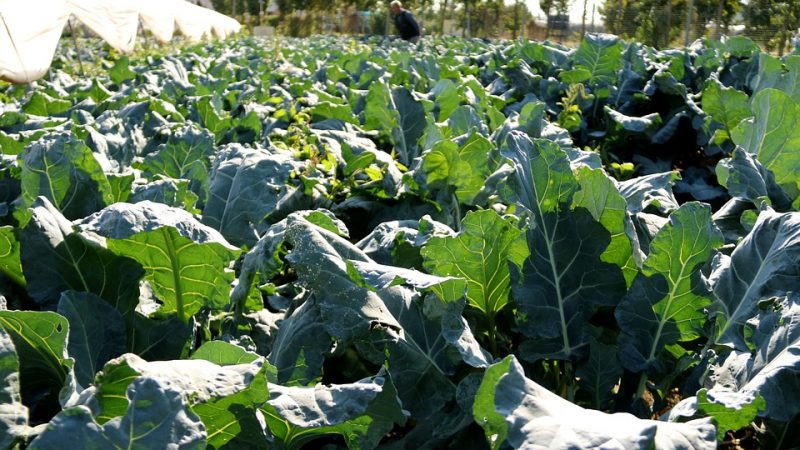
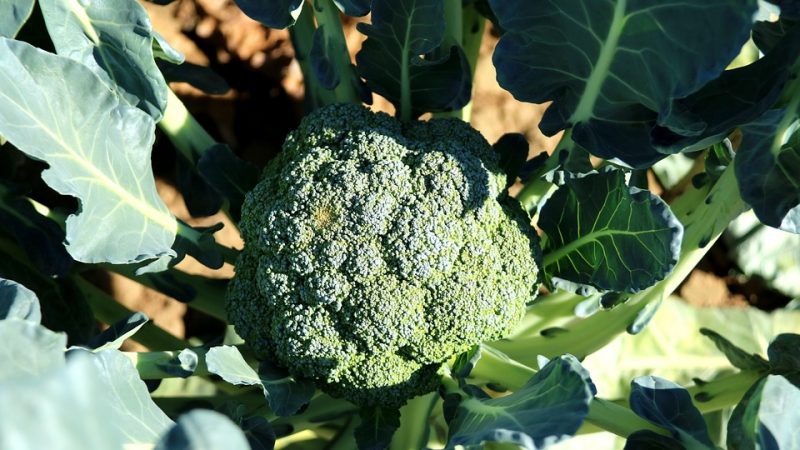
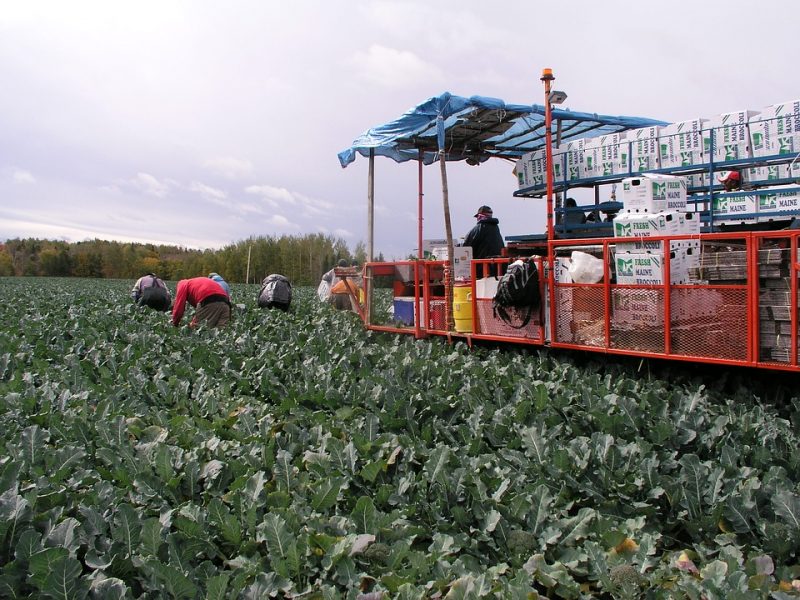
Care tips
The irrigation rate should be around 300 m3/ha to keep the soil’s humidity constant between 60 and 80%. You can control weeds manually, but also mechanically, chemically (with herbicides), or by mulching.
For vigorous growth and high-quality flowering, it is recommended to apply NPK complex fertilizer (4 weeks after planting) and foliar fertilization (before flowering). When the inflorescences are developed and almost ready for consumption, it is recommended to shade the crop to avoid blooming.
It is recommended to apply preventive and pest and disease control treatments by alternating specific phytosanitary products.
Harvesting
Early broccoli inflorescences should be harvested before the flower buds open, when they are well-developed and compact. The inflorescence can be separated from the leaves and stems manually. For cultivars that can produce secondary inflorescences, extra care should be taken to protect the stem and leaves during harvesting. New inflorescences develop from the side buds and are smaller than the first inflorescence. Productivity is higher in autumn cultivation.
Storage and transport
As broccoli inflorescences are very perishable, it is recommended to eat them immediately after harvesting. In the case of long storage or transport over long distances, it is best to place the inflorescences in ice boxes and cover them with perforated sheets. Another way to store the vegetables for up to 3-6 weeks is to individually wrap the inflorescences in perforated foil and store them at 0℃ and 95% humidity.
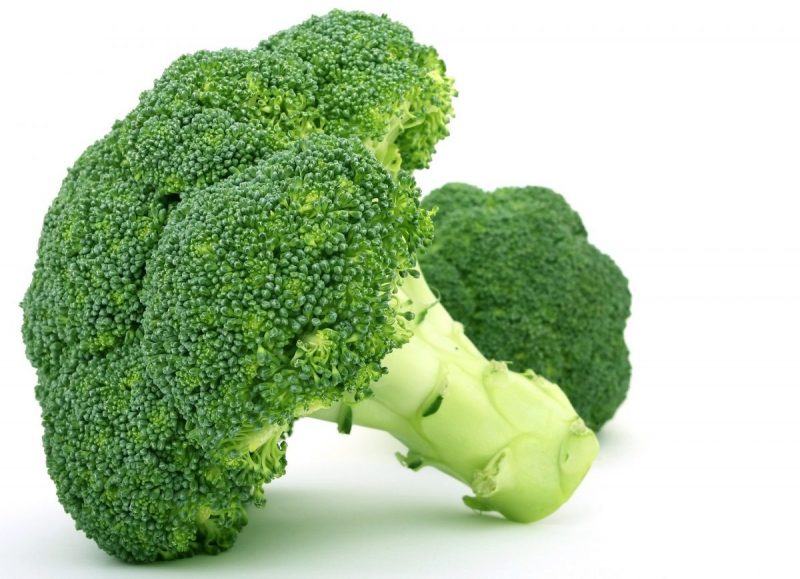
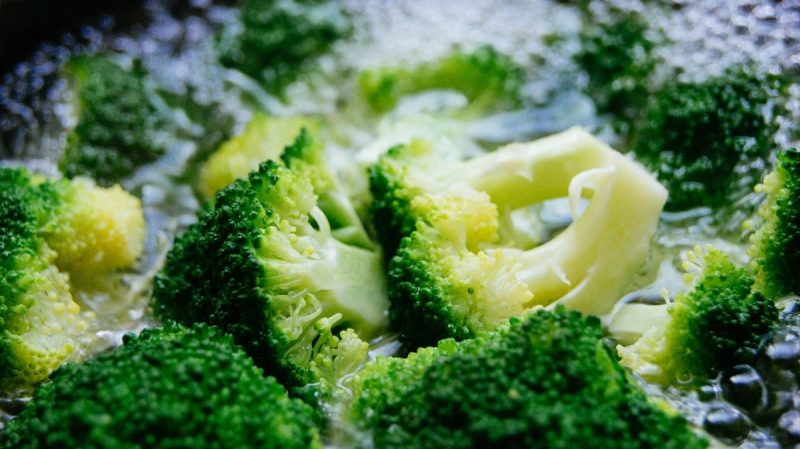
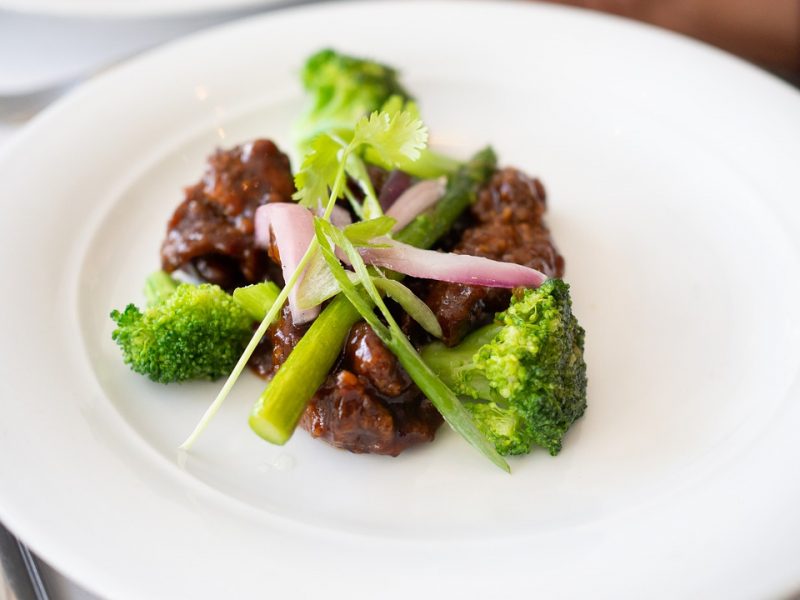
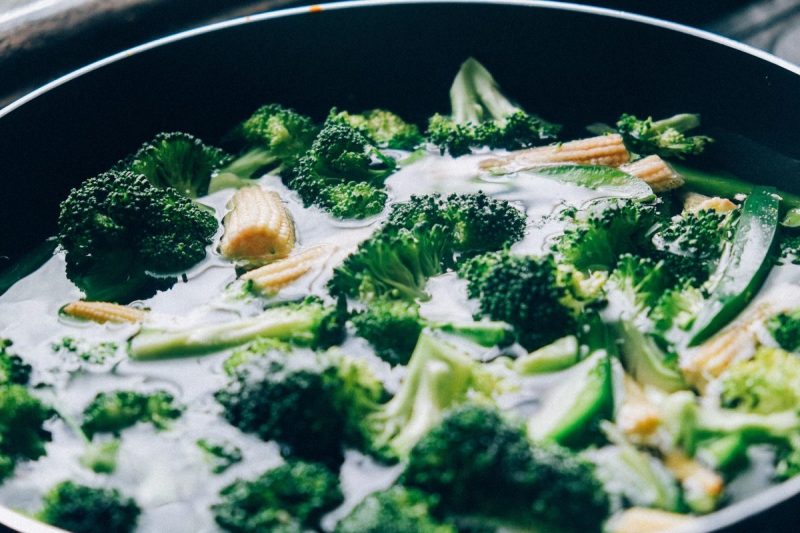
Additionally:
- Seeds germination capacity is 60-80%;
- You can store seeds for 4 years.














































































































































































































































































































































































































































